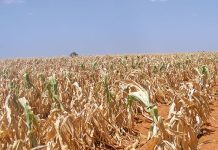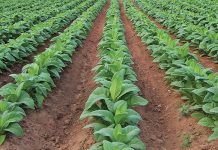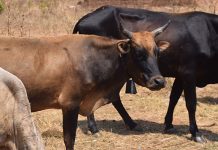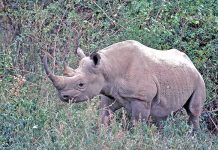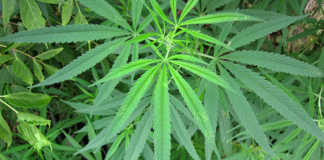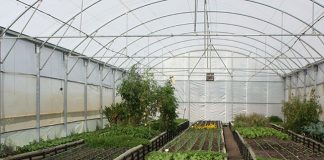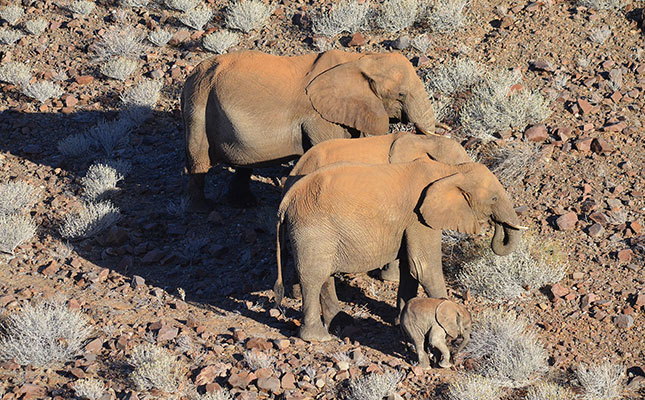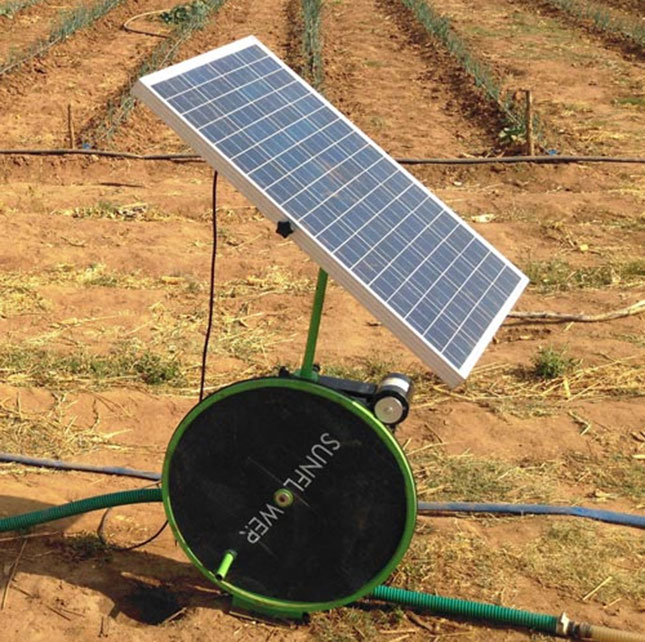
According to Bloomberg, the kits were available on a pay-as-you-go basis, with farmers paying a small deposit and low instalments throughout the growing season and after harvesting.
Statistics from the International Water Management Institute indicated that only 5% of agricultural land in Africa was irrigated.
Less than 4% of Kenya’s 5,4 billion acres (2,2 billion hectares) of arable land was irrigated, the World Bank said.
This posed a risk to food security and agricultural production in below-average rainfall areas.
To address this, the Kenyan government wanted to double the area under irrigation. The solar-powered irrigation kits could be a solution to this challenge.
According to a Water Research Commission report on empowering women through water and land-use security in the Eastern Cape, smallholder irrigation schemes in South Africa were “performing well below potential”.
Jonathan Denison, author of the report, said a lack of, or limited, irrigation was a major constraint to intensive production, while disparity in water access also needed to be addressed.
The Department of Water Affairs’ target of 40% water-use licences being allocated to historically disadvantaged individuals by 2013/2014 had not been met.

